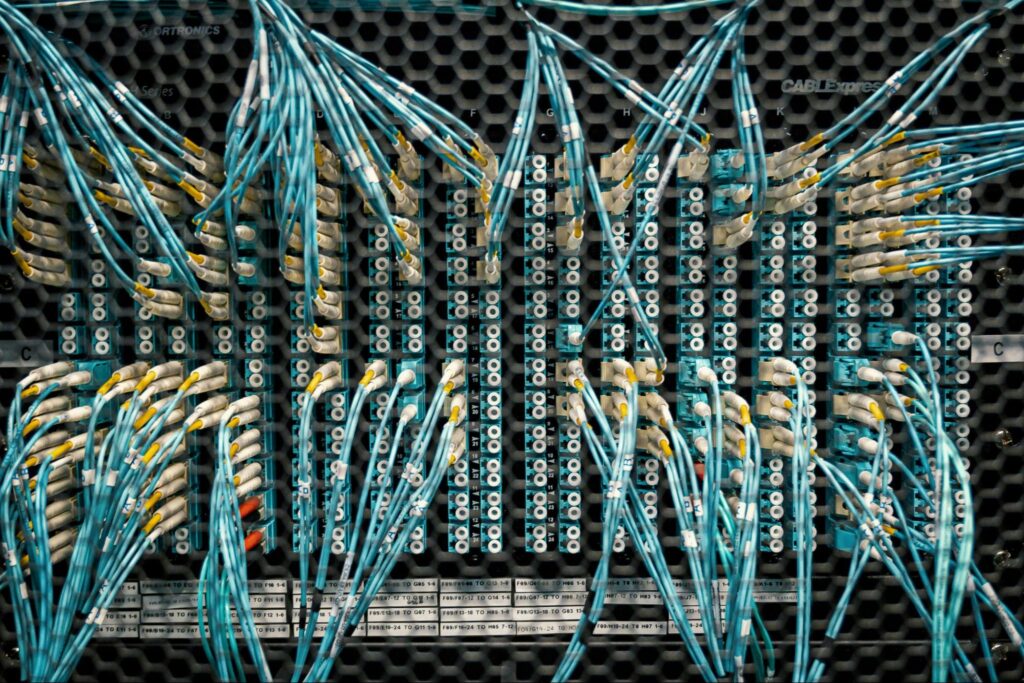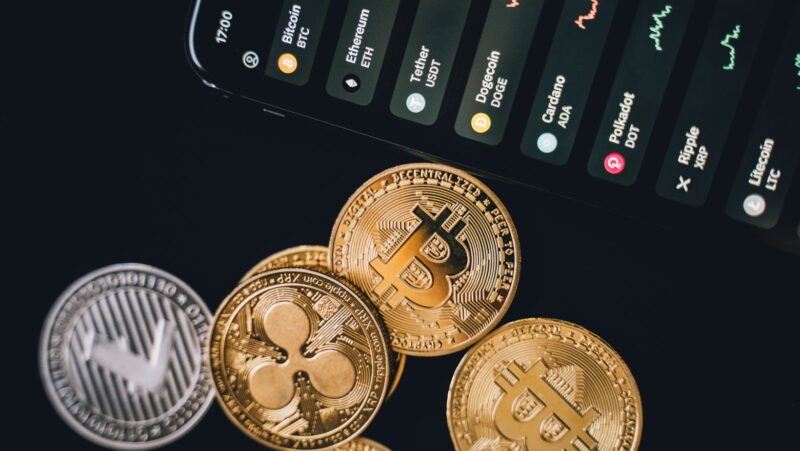
You may think that data transmission at the speed of light is just a concept from science fiction, but optical cables make it a reality. These fascinating cables, composed of thin strands of glass or plastic, have revolutionized the way we transmit and receive information.
By using light pulses to transmit data, optical cables offer incredible speed and bandwidth capabilities. But how exactly do they work? And what mysteries lie within these seemingly simple cables?
In this discussion, we will explore the science behind optical cables, the challenges in transmitting data at light speed, and the benefits of this technology. So, fasten your seatbelts as we embark on a journey to unravel the mysteries of optical cables!
The Science Behind Optical Cables
Understanding the intricate science behind optical cable is essential for comprehending their remarkable capabilities and applications.
Fiber optic technology, the foundation of these cables, revolutionizes signal transmission by using light to transmit data. Unlike traditional copper cables, optical cables utilize thin strands of glass or plastic, known as optical fibers, to carry information.
The process begins with an optical transmitter that converts electrical signals into light pulses. These pulses travel through the optical fibers, bouncing off the internal walls in a process called total internal reflection.
The light pulses then reach the receiver, where they’re converted back into electrical signals for interpretation. This method allows for faster and more efficient data transmission over long distances, making optical cables a crucial component in modern communication systems.
Types of Optical Cable Connections
To explore the different ways optical cables can be connected, let’s now shift our focus to the various types of optical cable connections.
When it comes to optical cables, there are two main types: fiber optic and copper cables. Fiber optic cables use light signals to transmit data, while copper cables use electrical signals.
The advantage of fiber optic cables is that they can transmit data over longer distances without any loss of signal quality. Within fiber optic cables, there are two types of connections: single-mode and multi-mode. Single-mode cables are used for long-distance transmissions and have a smaller core, allowing for a more focused beam of light. Multi-mode cables, on the other hand, are used for shorter distances and have a larger core, allowing for a broader beam of light.

Understanding these different types of connections is crucial for ensuring optimal performance and efficiency in optical cable networks.
Challenges in Transmitting Data at Light Speed
Transmitting data at light speed poses significant challenges that require careful consideration and technological advancements.
Fiber optic cables, while capable of transmitting data at the speed of light, have their limitations. One key limitation is signal loss, which occurs due to factors such as attenuation, dispersion, and bending of the cables. These factors can reduce the efficiency of data transmission and impact the overall performance of the network. Implementing structured cabling systems can help optimize the organization and performance of these networks.
To mitigate these challenges, advancements in fiber optic technology are being made. For example, the development of more advanced materials and cables with better signal-carrying capabilities can help improve data transmission efficiency.
Additionally, innovations in signal amplification and regeneration techniques are being explored to overcome the limitations of fiber optic cables and ensure faster and more reliable data transmission at light speed.
Benefits of Optical Cable Technology
As we shift our focus to the benefits of optical cable technology, it’s important to recognize the significant advantages it brings to data transmission at light speed.

Fiber optic cables offer numerous advantages over traditional copper cables. Firstly, they have a much higher capacity for data transfer, allowing for faster and more reliable communication. With fiber optics, data can be transmitted over long distances without degradation or loss of signal quality.
Additionally, fiber optic cables are immune to electromagnetic interference, making them ideal for use in areas with high levels of electrical noise. The small size and lightweight nature of fiber optic cables also make them easier to install and maintain.
Maintenance and Troubleshooting Tips
When maintaining and troubleshooting optical cables, it’s important to follow specific guidelines to ensure optimal performance and reliability. Common issues that may arise include signal loss, connector contamination, and cable damage.
To address these issues, it’s recommended to regularly inspect and clean connectors using lint-free wipes and isopropyl alcohol. Additionally, ensure that cables aren’t bent beyond their minimum bend radius and are properly protected to prevent physical damage.
Best practices for troubleshooting involve checking for loose or disconnected cables, verifying power levels, and using an OTDR (Optical Time-Domain Reflectometer) to locate faults. It’s also crucial to document and label cable connections for ease of identification and future maintenance.
The Future of Optical Cable Networks
To ensure the longevity and optimal performance of your optical cables, it’s crucial to look ahead and examine the future of optical cable networks. Innovations in data transfer through optical cables are constantly being developed to meet the increasing demands of today’s digital world. These advancements aim to enhance the capacity and speed of optical cable networks, enabling faster and more efficient data transmission.
As a result, the impact on internet speeds is significant, with optical cable networks playing a crucial role in providing high-speed connectivity to users. With continuous improvements in technology and infrastructure, the future of optical cable networks holds the promise of even faster and more reliable internet speeds, paving the way for the seamless transfer of data at the speed of light.












